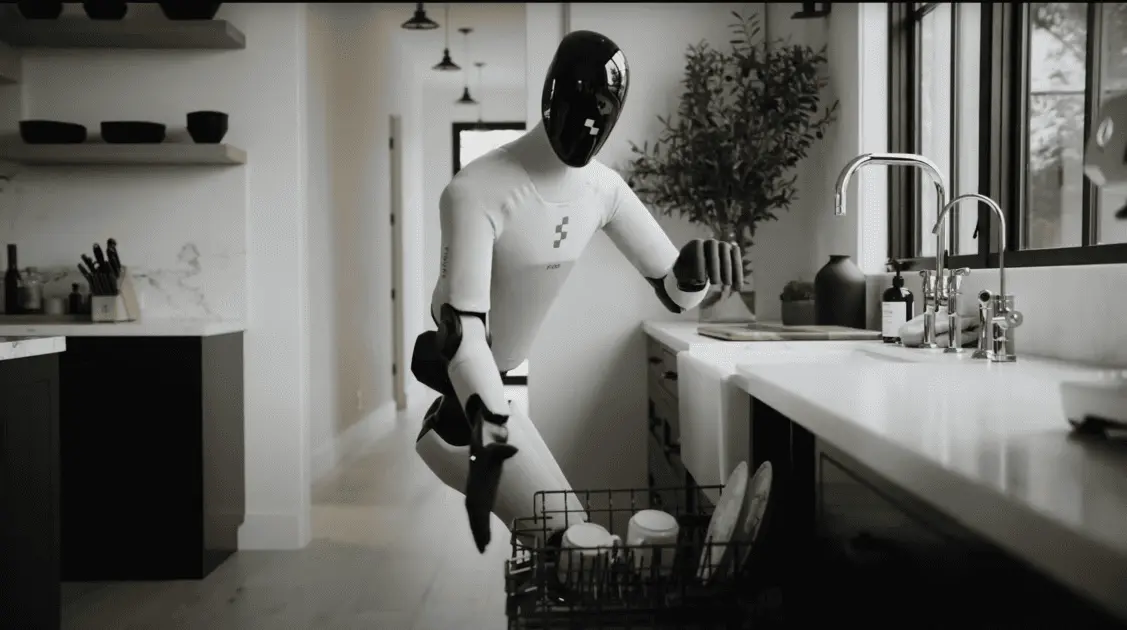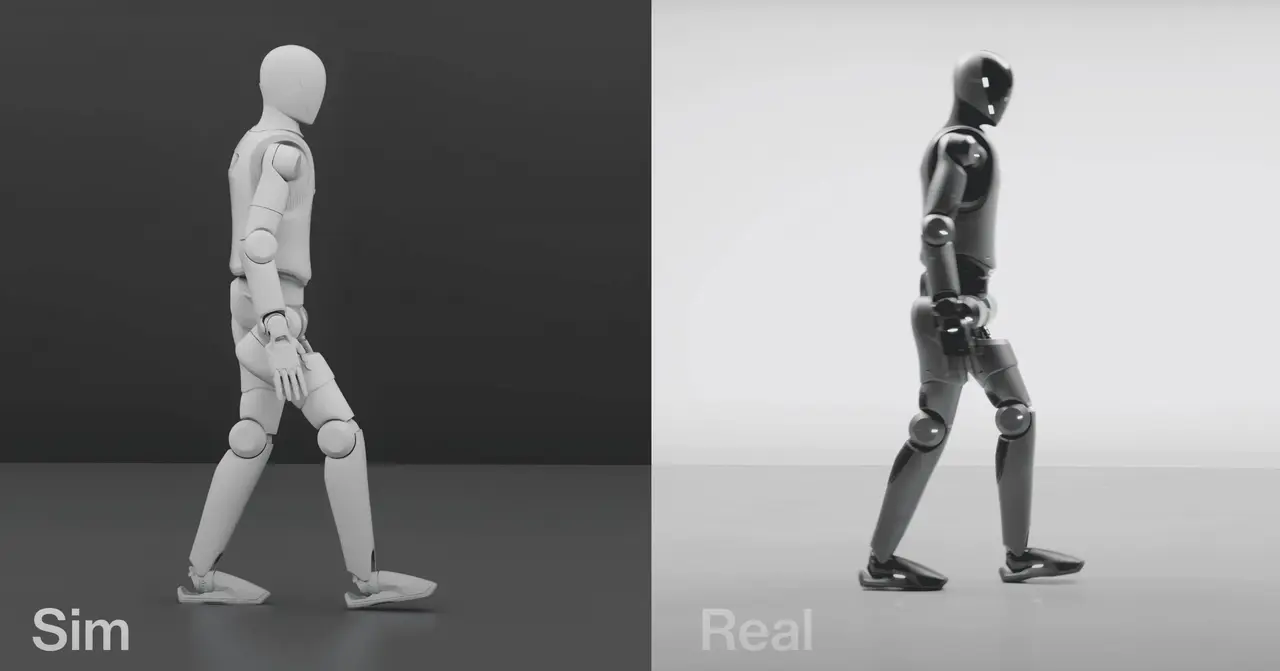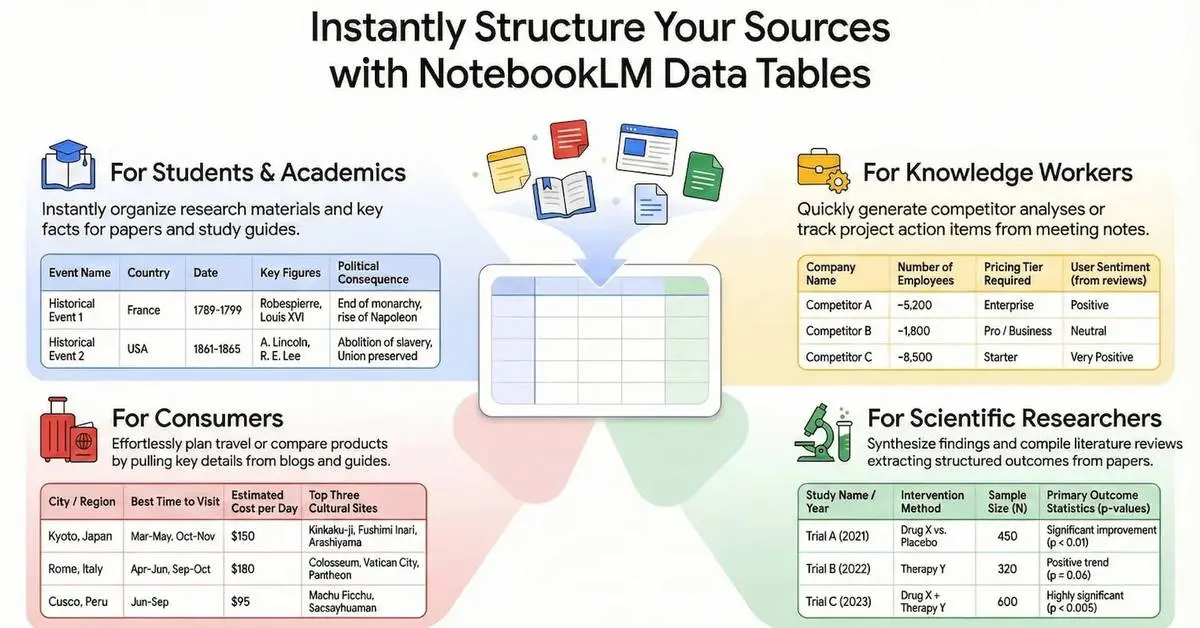Figure AI Unveils Next-Gen Humanoid Robot with Advanced AI Capabilities
3 Sources
3 Sources
[1]
Figure 02 the Most Advanced Humanoid AI Robot
Figure 02 has a sleeker format than its predecessor and the founder considers it the world's most advanced AI. Figure Robotics' uber-cool newest version of humanoid Figure 02 was revealed a few days ago. The company's founder and CEO, Brett Adcock, released a demo video that showcased the robot's dexterity and movements, predominantly showcasing its capabilities in a BMW Group Plant Spartanburg trial run. "Figure is giving artificial intelligence a body," said Adcock. Standing tall at 5'6" and weighing 70kg, Figure 02 is sleeker than its predecessor, with the most prominent feature being the absence of external cable for facilitating testing and repairs. The cables are now integrated onto the limbs. In terms of computational and AI capabilities, Figure 02 surpasses Figure 01 with three times the computational power, enabling autonomous AI tasks such as speech-to-speech interaction and visual reasoning. Additionally, it is equipped with six RGB cameras and an onboard vision language model, significantly improving its ability to perceive and interact with the physical world. The enhanced hand dexterity of Figure 02 with 16 degrees of freedom is an impressive feat, considering that hand movements are one of the most complex parts of a humanoid manufacturing process. Adcock said in a post that five-fingered hands are crucial for general robotics, but traditional roboticists often hesitate due to the complexity involved. Given the minimal progress outside of prosthetics, the team at Figure had to design the hands from the ground up, covering everything from the mechanical structure to sensors, electronics, wiring, and control systems. When compared to the Figure 01, an additional degree of freedom has been added to the thumb. The bulk has been reduced from the wrist, while the finger actuators remain within the palm. Emphasising the importance of robotics arms, in an earlier interaction with AIM, Bengaluru-based CynLr Robotics founder and CEO Gokul NA said, "Wheels are more than enough [for robots in warehouses], but you need more capability with the hands." Figure 02 could be a perfect example of embodied AI or as Jensen Huang calls it, the physical AI. Referring to it as the world's most advanced AI, Adcock is powering Figure with the help of some of the biggest tech players in the world. OpenAI, Microsoft, and NVIDIA have been the prominent three powering both the hardware and software side of Figure. Figure 02 has been built using NVIDIA's Isaac Sim for synthetic data and generative AI model training. NVIDIA serves as a critical member in enhancing simulation, training, and inference through full-stack accelerated systems, libraries, and foundation models. Similarly, Microsoft has allocated H100 NDs for large model training, and OpenAI has been instrumental in fine-tuning custom multimodal models on humanoid robot data. Along with Figure's humanoid, many companies are already using these robots at automobile and industrial plants. Interestingly, Tesla's Optimus Gen-2 version was released in December last year. Funnily, Adcock took a dig at Elon Musk after Figure 02's launch as a challenge to the humanoids that exist. At the same time, demo videos comparing both Optimus Gen 2 and Figure 02 were doing the rounds, the latter being similar to Tesla's. While the friendly banter continues, big tech companies continue to focus on developing humanoids.
[2]
ChatGPT 5 to power new Figure 02 humanoid robot
Have you ever wondered what the future of robotics looks like? Picture a world where humanoid robots seamlessly integrate into our daily routines, performing tasks with human-like precision and understanding. The new Figure 02 humanoid robot, powered by ChatGPT 5, is bringing us closer to that reality. With its advanced engineering, speech-to-text reasoning, and neural network policies, this robot is now available to buy. The unveiling of the Figure 02 humanoid robot, powered by the innovative ChatGPT 5 technology, represents a groundbreaking advancement in the field of robotics and artificial intelligence. This second-generation humanoid robot in the Figure series is set to transform the industry with its unparalleled capabilities in speech processing, movement, and sensory perception, pushing the boundaries of what is possible in human-robot interaction. The Figure 02 robot is a testament to the rapid progress in robotic engineering, having been developed in an impressive timeframe of under 18 months. Touted as the world's most advanced humanoid robot, its design seamlessly integrates multiple subsystems, ensuring optimal performance and reliability. This sophisticated architecture enables the Figure 02 to engage in complex interactions and operations, setting a new benchmark in the field. One of the key features of the Figure 02 is its advanced speech-to-text model, which allows for efficient decision-making based on verbal commands. Although the specific model remains undisclosed, this technology empowers the robot to understand and process spoken language, executing complex tasks based on verbal instructions. This capability enhances the robot's interaction potential, making it suitable for a wide range of applications. The Figure 02 robot employs sophisticated neural network policies for behavior selection and action execution, showcasing its advanced AI capabilities. These neural networks enable the robot to learn from its environment and adapt its actions accordingly, a crucial aspect for performing tasks in dynamic and unpredictable settings. The robot's ability to collect terabytes of data daily from its fleet further contributes to the refinement of its algorithms and operational efficiency, ensuring continuous improvement over time. Here are a selection of other articles from our extensive library of content you may find of interest on the subject of humanoid robots : The Figure 02 robot's superior vision and perception capabilities are made possible by its six onboard RGB cameras, providing comprehensive spatial awareness and visual reasoning. These high-resolution cameras enable the robot to navigate and interact with its surroundings effectively, making advanced vision systems essential for tasks requiring precise visual perception. With a 2.2 kWh battery pack, the Figure 02 robot can operate for an impressive 20 hours a day, ensuring sustained performance without frequent recharging. This extended battery life is a result of efficient energy management, a critical aspect of the robot's design. The robot's fourth-generation hands, boasting 16 degrees of freedom, surpass the capabilities of the Tesla bot in terms of hand dexterity. This high level of dexterity allows the Figure 02 to manipulate objects with precision and perform intricate tasks, making it suitable for applications requiring fine motor skills. The intense rivalry between the Figure 02 and Tesla's Optimus bot is driving rapid advancements in the field of humanoid robotics. This competition fosters innovation and accelerates the development of innovative technologies, as companies strive to outdo each other. The pace of progress in the field is expected to continue, with anticipated breakthroughs in vision, reasoning, and data utilization further enhancing the effectiveness and applications of humanoid robots. As the Figure 02 robot continues to evolve, future developments may include more sophisticated AI algorithms, improved sensory systems, and greater autonomy. The ongoing advancements in humanoid robotics promise to unlock new possibilities across various industries, transforming the way we live and work. The Figure 02 humanoid robot, powered by ChatGPT 5, represents the pinnacle of robotics and AI integration. Its advanced engineering, intelligent behavior, superior vision and perception, extended battery life, and exceptional hand dexterity position it as a trailblazer in the field. As the competitive landscape drives innovation and future prospects indicate a promising trajectory, the Figure 02 is poised to make a significant impact on the world of robotics and beyond.
[3]
NVIDIA : Figure Unveils Next-Gen Conversational Humanoid Robot With 3x AI Computing for Fully Autonomous Tasks
Silicon Valley's Figure has taken the wraps off of its next-generation Figure 02 conversational humanoid robot that taps into NVIDIA Omniverse and NVIDIA GPUs for fully autonomous tasks. Figure said it recently tested Figure 02 for data collection and use-case training at BMW Group's Spartanburg, South Carolina, production line. Figure 02 comes just 10 months after Figure launched the first version of its general-purpose humanoid robot. The company has accelerated its development timeline using NVIDIA Isaac Sim - a reference application built on the NVIDIA Omniverse platform - to design, train and test AI-based robots using synthetic data, as well as NVIDIA GPUs to train generative AI models. "Our rapid progress, marked by advances in speech, vision, dexterity and computational power, brings us closer to delivering humanoid robots to address labor shortages for many industries," said Brett Adcock, CEO of Figure. The company added a second NVIDIA RTX GPU-based module on board Figure 02, which supplies 3x inference gains for handling fully autonomous real-world AI tasks compared with the robot's first iteration. Figure aims to commercialize industrial humanoid robots to address labor shortages, and it plans to produce consumer versions. Founded in 2022, the startup is partnered with OpenAI to develop custom AI models, trained on NVIDIA H100 GPUs, that drive the robots' conversational AI capabilities. Figure recently raised $675 million in funding from leading technology companies including NVIDIA. "Developing autonomous humanoid robots requires the fusion of three computers: NVIDIA DGX for AI training, NVIDIA Omniverse for simulation and NVIDIA Jetson in the robot," said Deepu Talla, vice president of robotics and edge computing at NVIDIA. "Leading companies, including Figure, are tapping into the NVIDIA robotics stack, from edge to cloud, to drive innovation in humanoid robotics." New human-scale hands, six RGB cameras, and perception AI models trained with synthetic data generated in Isaac Sim enable Figure 02 to perform high-precision pick-and-place tasks required for smart manufacturing applications.
Share
Share
Copy Link
Figure AI has introduced a new humanoid robot with enhanced AI computing power, aiming to revolutionize autonomous operations in various industries. The robot, powered by NVIDIA technology, represents a significant leap in AI-driven robotics.

Figure AI's Next-Generation Humanoid Robot
Figure AI, a pioneering robotics company, has unveiled its latest creation: a next-generation humanoid robot that promises to push the boundaries of artificial intelligence and autonomous operations. This cutting-edge robot represents a significant advancement in the field of AI-driven robotics, with potential applications across various industries
1
.Enhanced AI Computing Power
At the heart of this new humanoid robot is a remarkable boost in AI computing capabilities. Figure AI has integrated NVIDIA's Jetson AGX Orin module, which provides three times the AI computing power compared to its predecessor
2
. This substantial increase in processing power enables the robot to perform more complex tasks and make decisions with greater speed and accuracy.Advanced Conversational Abilities
One of the standout features of Figure AI's new robot is its advanced conversational abilities. The integration of large language models allows the humanoid to engage in more natural and context-aware interactions. This breakthrough in communication opens up new possibilities for human-robot collaboration in various settings, from customer service to healthcare
3
.Fully Autonomous Operations
The increased AI computing power and advanced software enable the robot to operate with a higher degree of autonomy. Figure AI aims to deploy these humanoids in real-world scenarios where they can work alongside humans or independently handle complex tasks. This level of autonomy could revolutionize industries such as manufacturing, logistics, and healthcare
1
.NVIDIA's Role in Development
NVIDIA's technology plays a crucial role in powering Figure AI's humanoid robot. The Jetson AGX Orin module, coupled with NVIDIA's AI software stack, provides the necessary computational resources for the robot's advanced capabilities. This collaboration between Figure AI and NVIDIA demonstrates the importance of partnerships in driving innovation in the AI and robotics sectors
3
.Related Stories
Potential Impact on Industries
The introduction of Figure AI's advanced humanoid robot has the potential to transform various industries. In manufacturing, these robots could enhance productivity and safety by taking on dangerous or repetitive tasks. In healthcare, they could assist medical professionals and provide support to patients. The logistics sector could benefit from more efficient warehouse operations and last-mile delivery solutions
2
.Challenges and Future Developments
While the advancements in Figure AI's humanoid robot are impressive, challenges remain in terms of widespread adoption and integration into existing systems. Issues such as cost, regulatory approval, and public acceptance will need to be addressed. However, the rapid progress in AI and robotics suggests that we may see these humanoid robots becoming more common in various aspects of our lives in the near future
1
.References
Summarized by
Navi
[2]
Related Stories
Recent Highlights
1
Google launches Gemini 3 Flash as default AI model, delivering speed with Pro-grade reasoning
Technology

2
OpenAI launches GPT Image 1.5 as AI image generator war with Google intensifies
Technology

3
OpenAI launches ChatGPT app store, opening doors for third-party developers to build AI-powered apps
Technology








